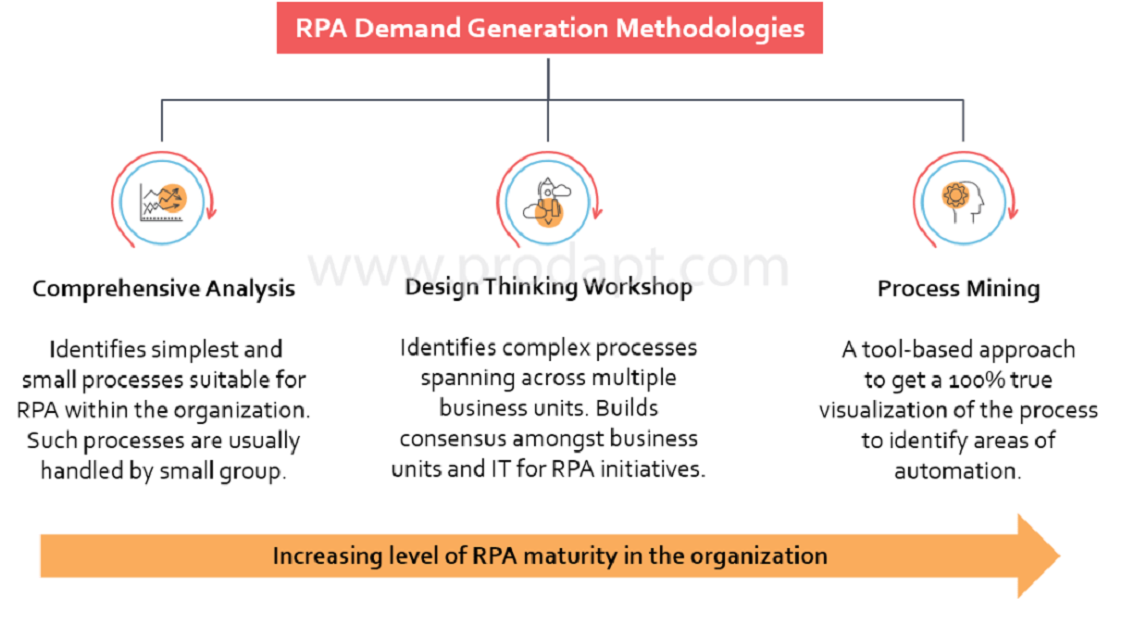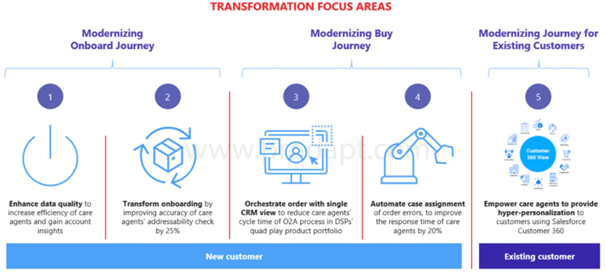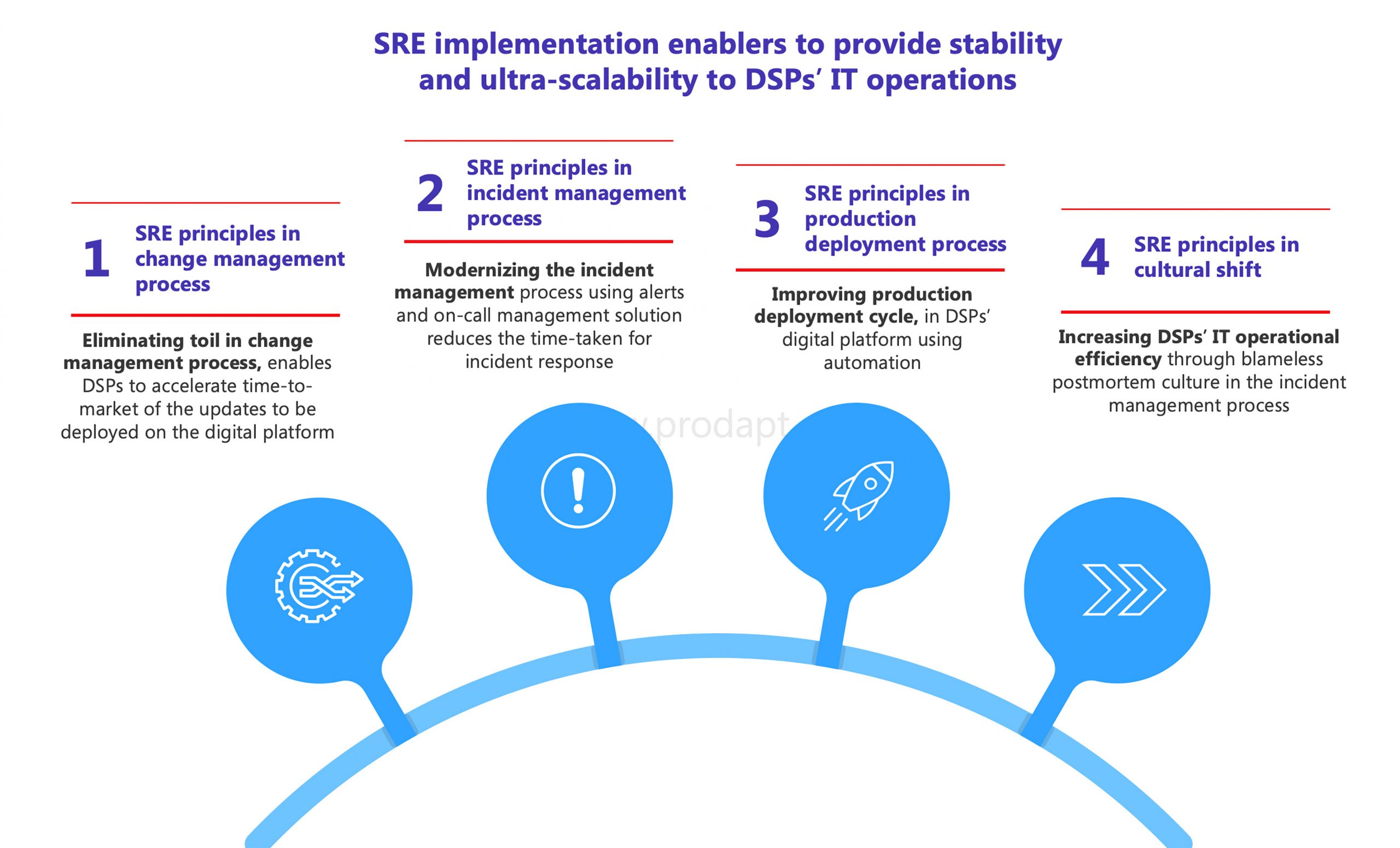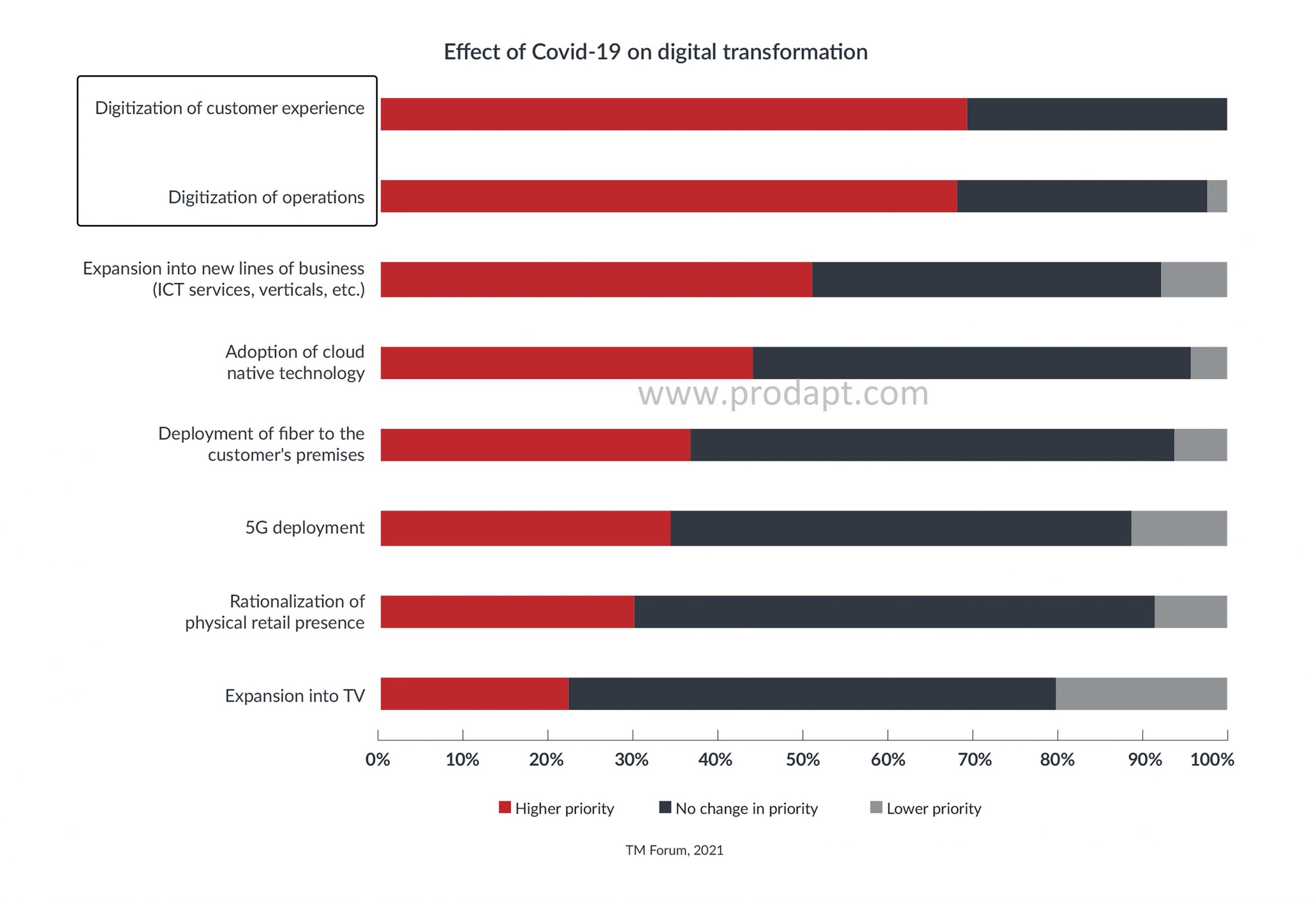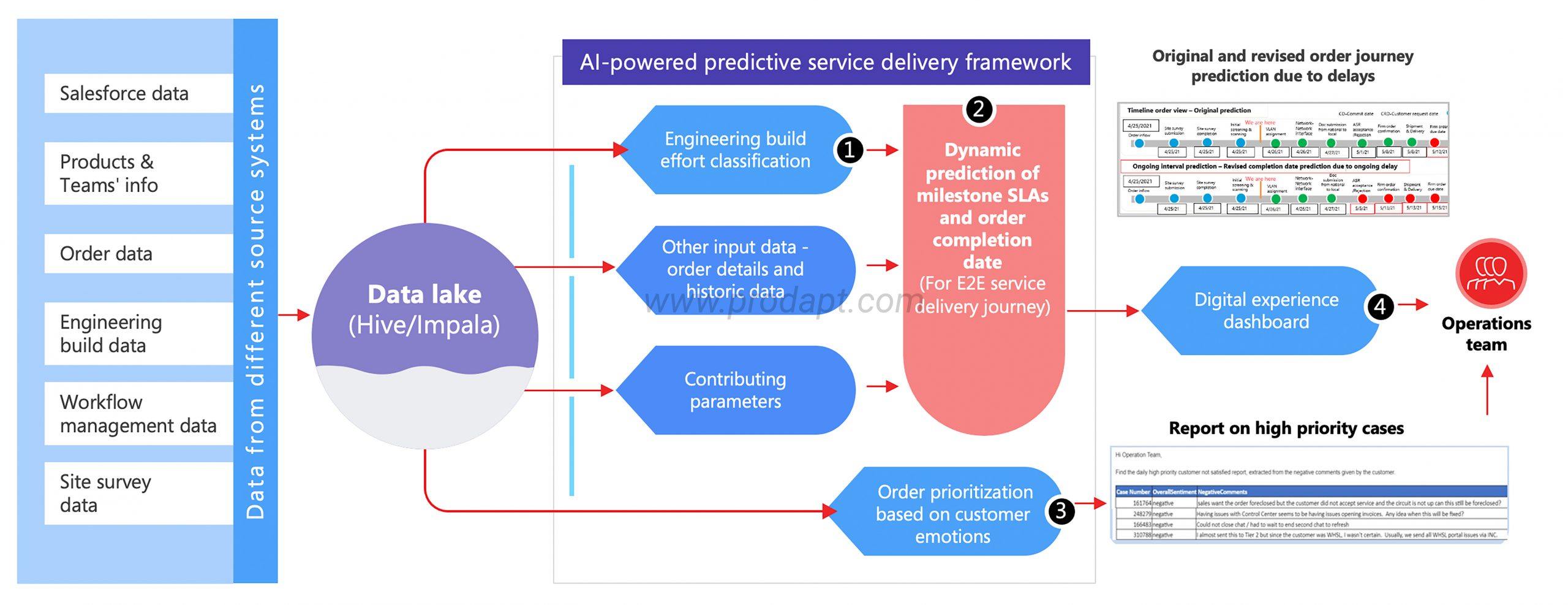Automate and digitize workflows to achieve touchless SD-WAN configuration, provisioning, and activation
Before the pandemic, SD-WAN was primarily marketed to enterprises to reduce costs and improve flexibility. As businesses realized the pressure to go digital, cloud applications became the foundation for most organizations, enhancing their productivity and collaboration. What eventually evolved into an absolute necessity was to run these essential applications more efficiently, on a more reliable network -which is why SDWAN has become one of the most successful networking functions in decades. What will further fuel this adoption is the recent shift to a mostly remote or hybrid workforce model. According to a report by IDG Research Services and Masergy, over 90% of organizations expect to adopt an SDWAN solution eventually.
For businesses, Managed SDWAN Services provide attractive opportunities to tap into the growing SDWAN market and create new revenue streams. As per Markets and Markets Research, the global SD-WAN market size is expected to grow from USD 1.9 billion in 2020 to USD 8.4 billion by 2025, at a CAGR of 34.5% during the forecast period.
But businesses can seize this opportunity only if they fulfill their customer needs on
time – by quickly activating the SD-WAN services. Potential roadblocks such as validating network compatibility, managing the service across multiple platforms, and solving the integration, operational and process-centric challenges can significantly delay the order to activate journey – leading to revenue loss and missed opportunities.
To accelerate the entire Order-to-Activate journey, businesses must eliminate process inefficiencies and embrace automation and digitalization at various levels.
To accelerate the entire order to activate journey, businesses must eliminate process inefficiencies and embrace automation and digitalization at various levels. This also means building a holistic tool that enables consolidating and automating workflows to achieve touchless SDWAN configuration, provisioning, and activation.



